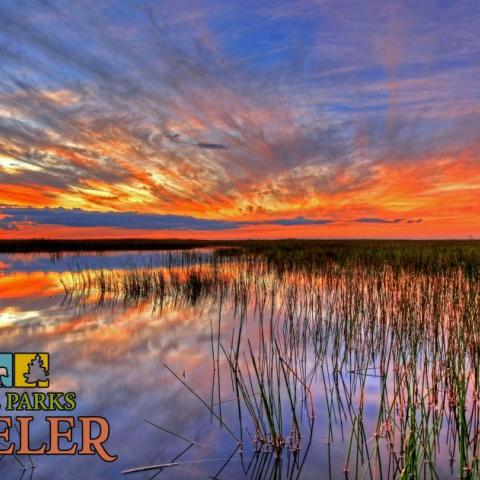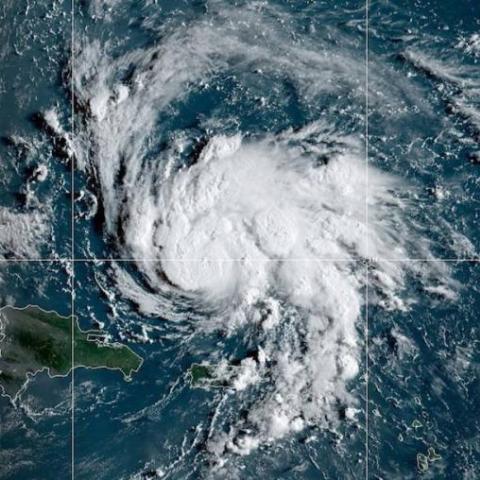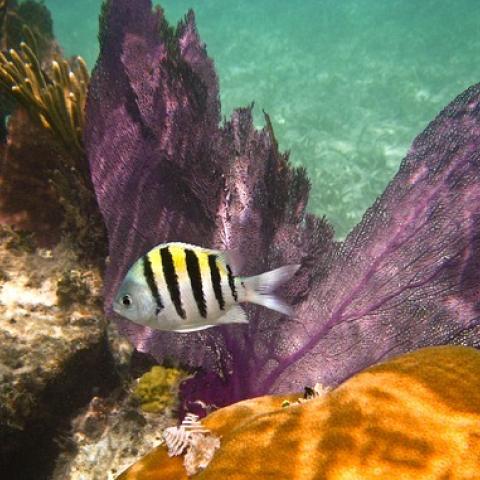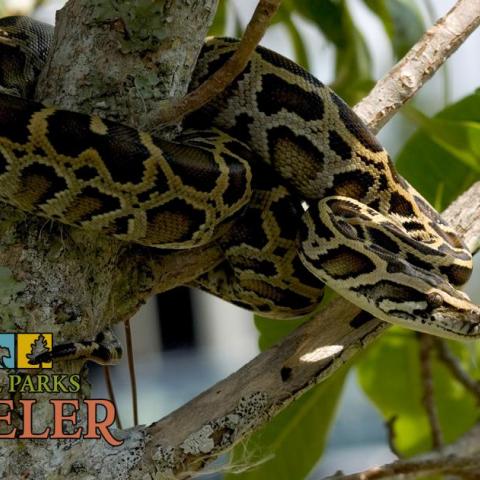Neurological Malady Afflicting Some Florida Panthers

- By NPT Staff - October 24th, 2019 2:00am
Help power the National Parks Traveler’s coverage of national parks and protected areas.


How did the infusion of Texas puma genes into the small population of Florida panthers in Everglades National Park and Big Cypress National Preserve benefit the panthers? Alexander Ochoa, a postdoctoral researcher at The Ohio State University, explains in this week's show. We also look at Big Bend National Park as a winter destination, and question a proposal to let for-profit businesses operate more national park campgrounds.

Erika Zambello talks with Houston Cypress of the “Love the Everglades Movement” about priorities for the tribes that have connections to the Everglades and using art to connect people to the River of Grass and Big Cypress. Professor John Freemuth, who holds the Cecil D. Andrus Endowed Chair for Environment and Public Lands at Boise State University, discusses some of the seemingly unprecedented actions and decisions being taken by the Interior Department and National Park Service.




Burmese pythons long have presented a significant problem for native wildlife in Everglades National Park. Erika Zambello talks to a contractor hired to study and remove these invasive snakes. We also take a look at Acadia, Shenandoah, and Great Smoky Mountains National Park, and the Blue Ridge Parkway, and review Ramble On: A History of Hiking.




National Parks Traveler is a 501(c) (3) nonprofit.


Here’s the definitive guide to National Park System campgrounds where RVers can park their rigs.
Our app is packed with RVing- specific details on more than 250 campgrounds in more than 70 national parks.
You’ll also find stories about RVing in the parks, tips helpful if you’ve just recently become an RVer, and useful planning suggestions.
